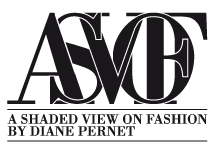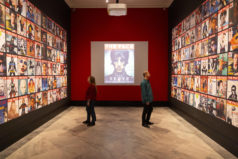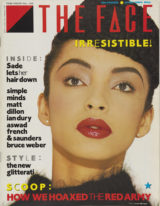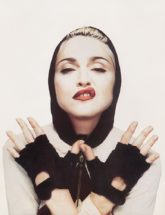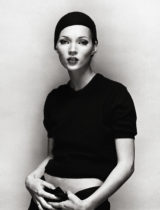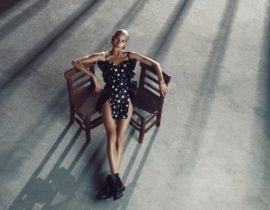Dear Shaded Viewers,
Last time I was in London for fashion week, I narrowly missed the much-anticipated openings of The Face Magazine exhibition at the National Portrait Gallery and the Leigh Bowery show at the Tate. So when I returned for the inaugural CIFF film festival, I seized the chance to experience both before diving into days of screenings at CIFF.
The National Portrait Gallery’s current exhibition, The Face Magazine: Culture Shift, is a vibrant, immersive tribute to the cult British publication that not only chronicled but actively shaped youth culture from the 1980s through the early 2000s. Running until 18 May 2025, this retrospective brings together over 200 photographs by more than 80 photographers, many of which are displayed independently of the magazine’s pages for the first time.
From the moment visitors enter, they are greeted by a nostalgic video montage of 1980s Britain, setting the tone for a show that is as much about memory as it is about innovation. The exhibition is organized both thematically and chronologically, guiding viewers through the magazine’s foundational years and its evolution alongside seismic shifts in music, fashion, and visual culture.
Highlights include iconic images of Kate Moss by Corinne Day, Alexander McQueen by Nick Knight, and David Bowie by Masayoshi Sukita, as well as lesser-known gems and behind-the-scenes portraits of anonymous club kids and emerging artists. The curatorial approach emphasizes The Face’s ethos: the democratization of style and the celebration of authentic, unfiltered creativity, whether the subject was a superstar or an unknown youth.
What sets Culture Shift apart is its focus on the magazine’s role as a cultural catalyst. The Face was never just a passive observer; it was an active participant in the invention and reinvention of trends, attitudes, and aesthetics. The exhibition captures this with dynamic displays of magazine spreads, film, and music, all underscoring the magazine’s pioneering approach to portraiture and design.
The influence of art director Neville Brody, whose bold graphic sensibility defined The Face’s visual identity in the 1980s, is palpable throughout the show. The work of stylist Ray Petri and the Buffalo movement, which upended menswear conventions and foregrounded emotional authenticity, is given deserved prominence. These sections are particularly effective in illustrating how The Face blurred the boundaries between fashion, music, and art, often launching the careers of future icons.
One of the exhibition’s most compelling aspects is its ability to connect generations. For older visitors, it’s a nostalgic journey through the magazine’s golden years; for younger audiences, it’s a revelation-a rare opportunity to encounter images and ideas that predate the algorithm-driven culture of today. As former art director Swillingham notes, much of this material has never been digitized, making the exhibition a unique portal to a pre-digital creative landscape.
The show is refreshingly accessible, with informative captions that avoid the usual art-world jargon. There’s a palpable sense of joy and energy throughout, a testament to the magazine’s enduring spirit and the creative freedom it championed. The exhibition doesn’t shy away from the magazine’s influence on contemporary visual culture, making a strong case for The Face as the original “style bible”-a publication that taught Britain to see, think, and feel differently about music, fashion, and identity.
The Face Magazine: Culture Shift is an ode to the art of portraiture, the power of collaboration, and cultural experimentation. It stands as a reminder of a time when creativity was driven by passion rather than metrics, and when a magazine could truly change the way a generation saw itself and the world. The Face Magazine exhibition at the National Portrait Gallery runs only until May 18th-so if you’re curious to experience this vivid document of its era, now is the moment to go.
Later,
Diane
